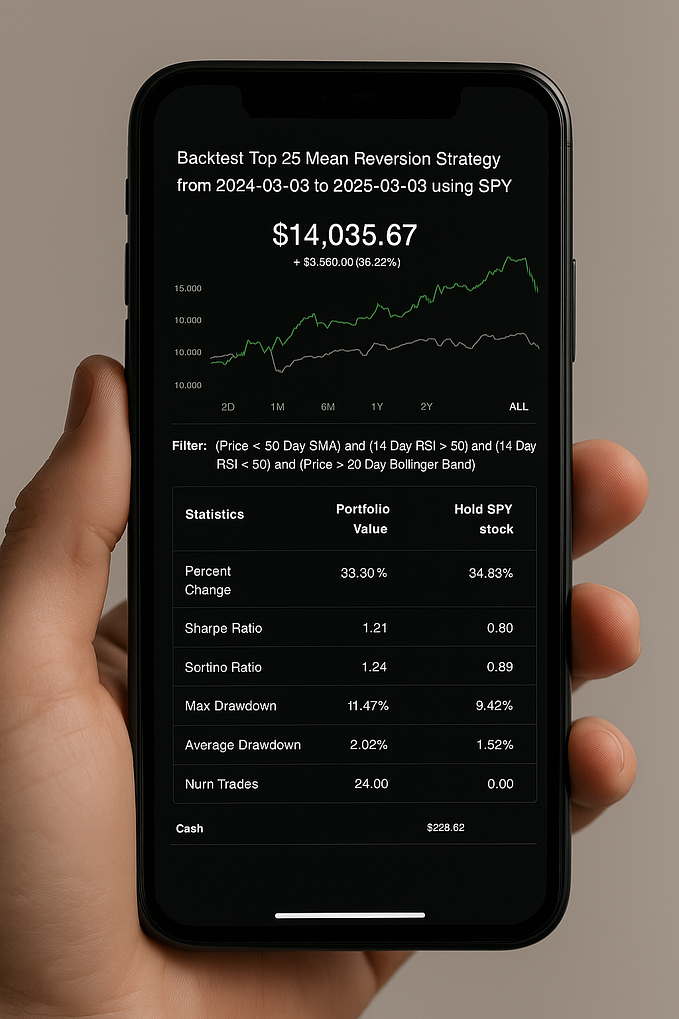You're reading for free via Tunji Onigbanjo's Friend Link. Become a member to access the best of Medium.
Member-only story
What Is Earnings Before Interest, Taxes, Depreciation, and Amortization?
A widely used measure of a company’s operating profitability
Earnings before interest, taxes, depreciation, and amortization (EBITDA) is a widely used measure of a company’s operating profitability. It removes the impact of financing and non-cash expenses from net income. This makes it a useful tool for comparing the financial performance of companies with different capital structures and accounting methods.
The formula for calculating EBITDA is: EBITDA = Net income + Interest expense + Taxes + Depreciation + Amortization.
Net income is the company’s profit after all expenses have been deducted, but before interest, taxes, depreciation, and amortization have been added back. Interest expense is the cost of borrowing money. Taxes are the amount of money the company owes to the government. Depreciation is the amount of money the company expenses each year to reflect the wear and tear on its assets. Amortization is the amount of money the company expenses each year to reflect the decline in the value of its intangible assets, such as patents and trademarks.
As stated before, EBITDA is often used as a measure of a company’s operating profitability, as it removes the impact of financing and non-cash expenses from net income. EBITDA is also used as a proxy for cash flow from operations. This is because depreciation and amortization are non-cash expenses, meaning that they do not represent a real outflow of cash. By adding depreciation and amortization back to net income, EBITDA provides a more accurate picture of the company’s ability to generate cash. EBITDA is sometimes used as a valuation metric. This is because it is a measure of a company’s core business operations, without the impact of financing and non-cash expenses. This makes it a useful tool for comparing the value of companies in the same industry.
While EBITDA is a useful financial metric, it has some limitations. One limitation is that it does not take into account capital expenditures. Capital expenditures are the amount of money a company spends on new assets, such as buildings and equipment. These expenditures can significantly impact a company’s financial performance, but they are not reflected in…
EBITDA is a useful financial metric, but it is important to be aware of its limitations. When used with other financial metrics, EBITDA can provide a more complete picture of a company’s financial performance.
Subscribe to DDIntel Here.
Visit our website here: https://www.datadriveninvestor.com
Join our network here: https://datadriveninvestor.com/collaborate






